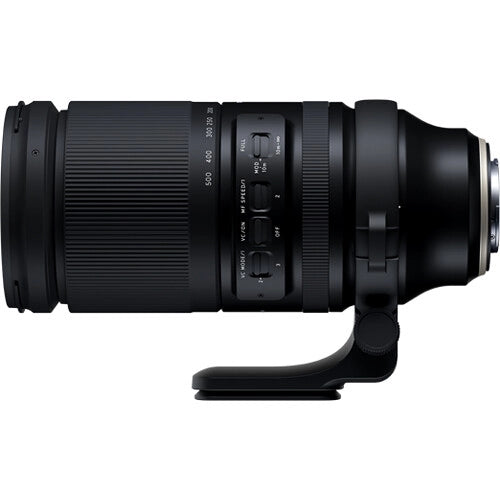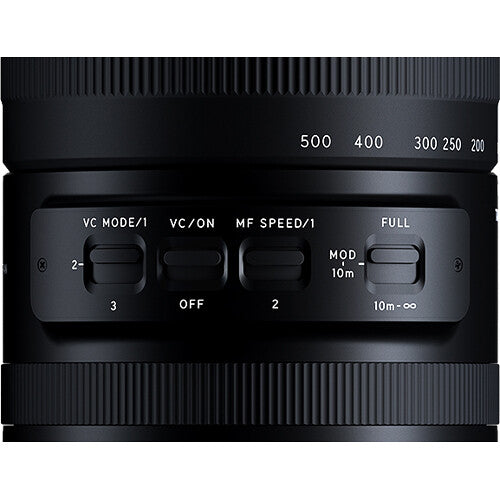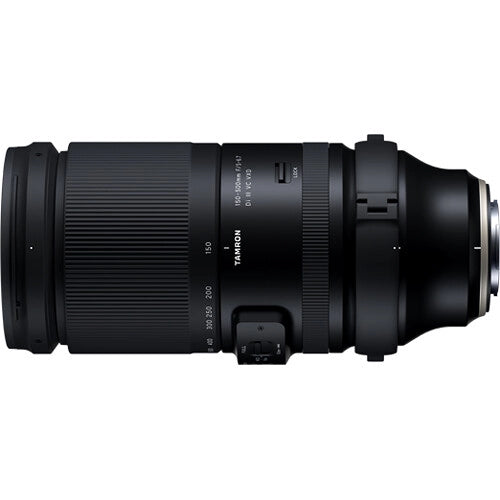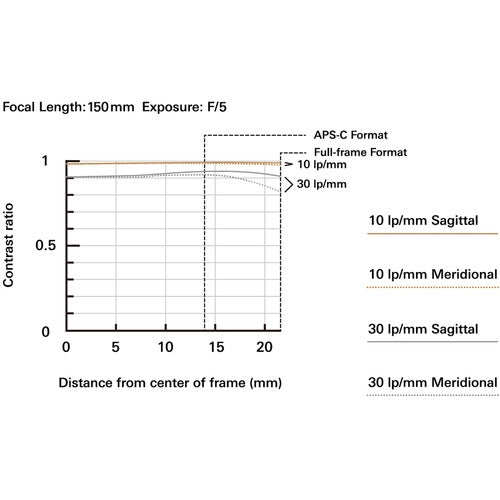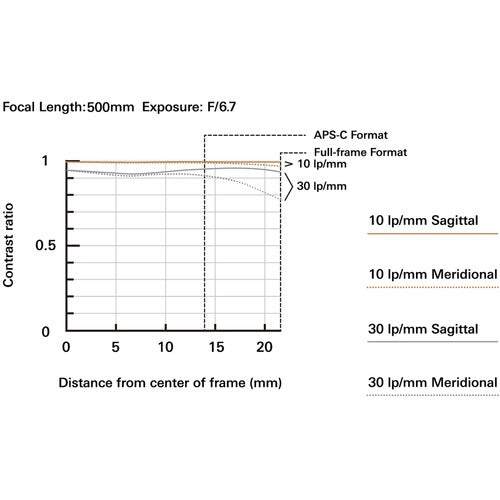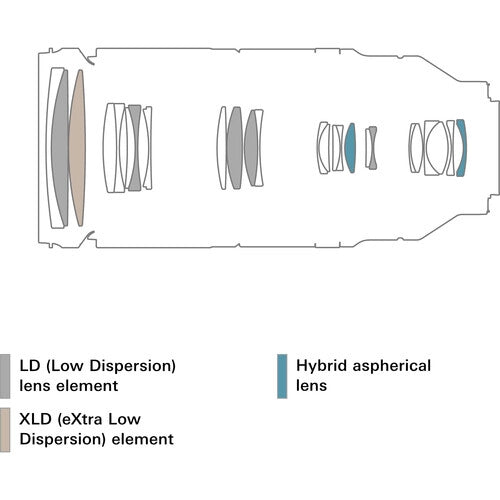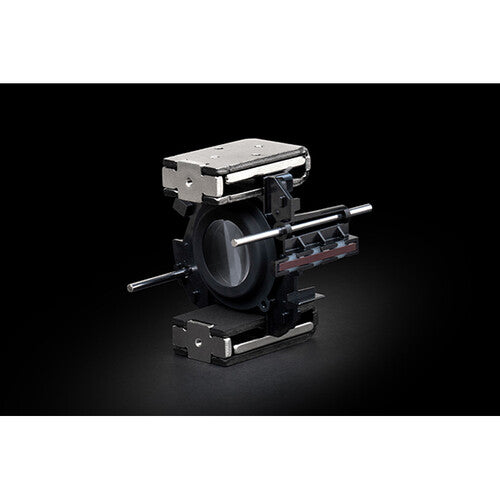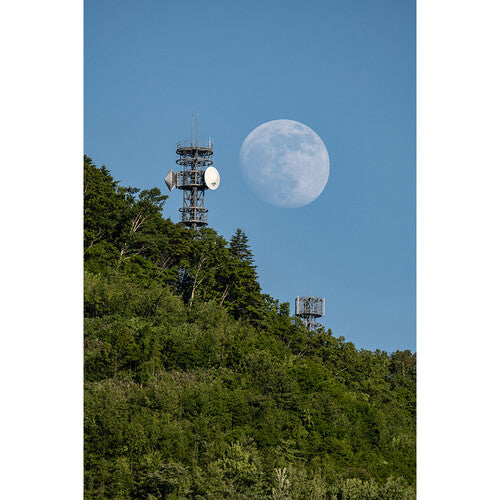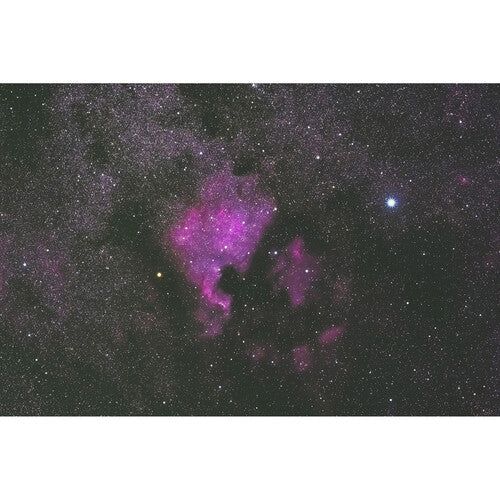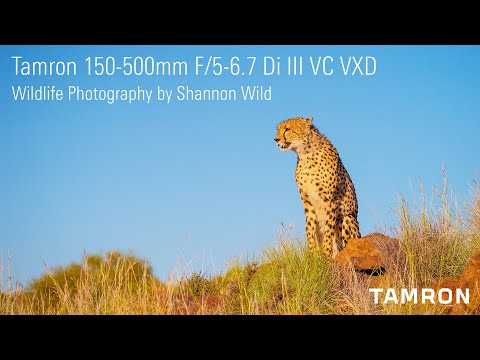Product Description
Tamron 150-500mm F5-6.7 Di III VC VXD Lens - Fujifilm X Mount
The 150-500mm F5-6.7 lens has a focal length of 500mm on the telephoto end, yet it provides remarkably compact size and extremely high image quality throughout the entire zoom range. It lets users enjoy spontaneous shooting in the ultra-tele realm where conventional wisdom once dictated a tripod. The ultra-telephoto zoom is equipped with the VXD (Voice-coil eXtreme-torque Drive) precise and high-speed linear motor autofocus mechanism and TAMRON’s proprietary VC (Vibration Compensation) mechanism. At the 150mm end, this versatile lens offers a MOD (Minimum Object Distance) of 0.6m (23.6in) for powerful and dramatic close-ups.
 A compact full-frame 500mm lens that defies old-fashioned thinking
A compact full-frame 500mm lens that defies old-fashioned thinking
The 150-500mm F5-6.7 is just 212.3mm (8.4in) long with a maximum diameter of 93mm, an astoundingly compact size for a 500mm-class ultra-telephoto zoom for full-frame mirrorless cameras. Even when extended to the 500mm telephoto end, the lens is still remarkably compact at only about 287.3mm (11.3in).
* For APS-C mirrorless format: approximately 225-750mm equivalent zoom range.
Remarkable image quality
The optical construction features 25 elements in 16 groups. The generous and effective use of special lens elements including one XLD (eXtra Low Dispersion), five LD (Low Dispersion), and two Hybrid Aspherical lens elements thoroughly controls aberrations, including axial chromatic aberrations, so users can enjoy exceptionally high resolving power across the entire image from edge-to-edge.
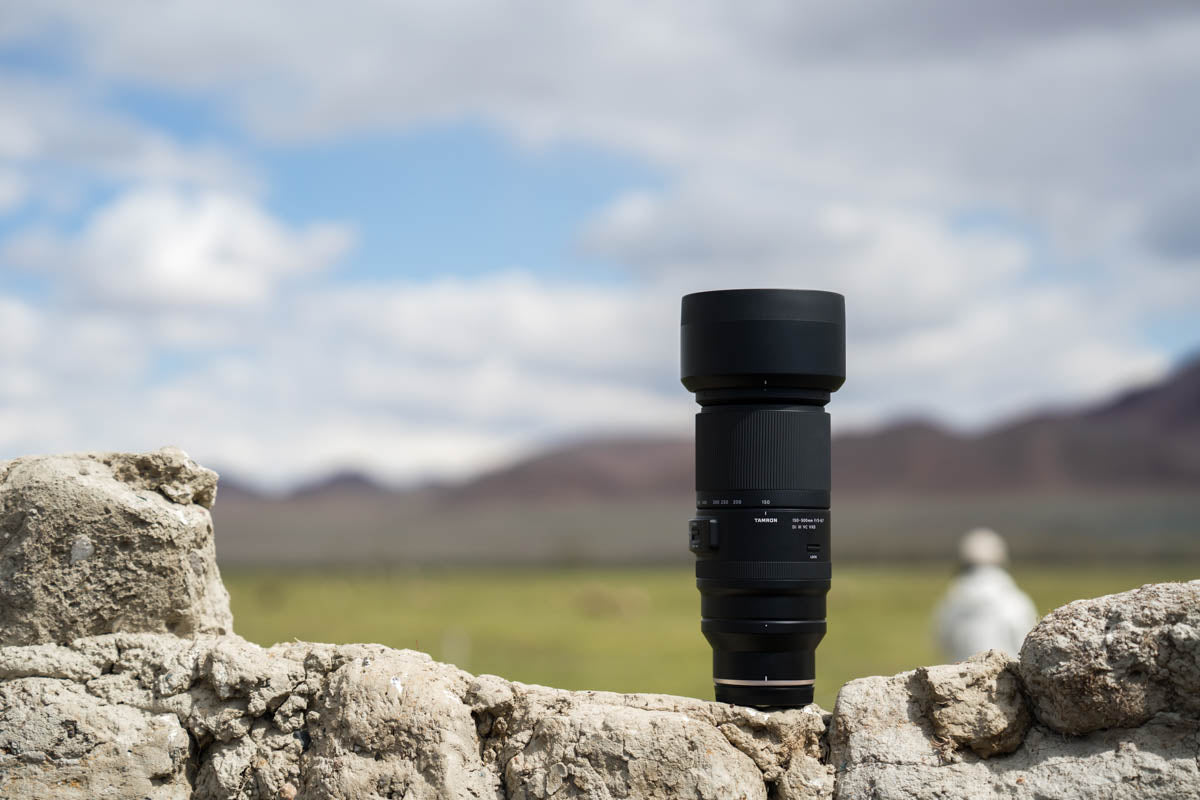
VXD AF motor provides high speed, high precision, and excellent quietness
The 150-500mm F5-6.7 features VXD linear motor autofocus mechanism. VXD delivers high-speed and high-precision movement and ensures responsive performance. Even when shooting at 500mm, the lens provides fast and accurate focusing from near to far. Also, the high-performance focus tracking allows the successful capture of fast-moving subjects. Superbly quiet, the linear motor also reduces drive noise and vibrations produced during focusing (as compared to a conventional drive system), making it ideal for shooting both still photos and video in low-noise environments.

TAMRON’s highly acclaimed VC provides excellent image stabilization
This compact 150-500mm F5-6.7 is equipped with TAMRON’s VC mechanism2 to deliver excellent image stabilization performance, thereby efficiently reducing image blur caused by camera shake. This functionality supports handheld shooting of scenes in low light, such as evening and indoors, without the use of a tripod.

Telephoto-macro feature unlocks exciting close-range shooting experiences
The 150-500mm F5-6.7 offers excellent close-up shooting capabilities for an ultra-telephoto lens. The MOD is 0.6m (23.6in) at the 150mm end and 1.8m (70.9in) at the 500mm telephoto end. The maximum magnification ratio at 150mm is extremely high at 1:3.1. Users can shoot powerful telephoto-macro images of subjects while maintaining a reasonable shooting distance.

Additional features for greater convenience
- Lens hood with flexible, protective front portion
- The arc of rotation of the zoom ring is only 75°
- FLEX ZOOM LOCK mechanism to support greater usability
- Switch designed for ease of operation and handling
- Arca-Swiss compatible tripod mount with strap attachment holes included
- Equipped with a “Linear / Non-linear” switch that is handy when focusing manually

BBAR-G2 (Broad-Band Anti-Reflection Generation 2) Coating delivers stunning clarity and contrast
Moisture-Resistant Construction and Fluorine Coating provide extra protection
Note:
1 The lens for Sony E-mount previously launched on June 20, 2021.The lens for FUJIFILM X-mount previously launched on October 13, 2022.
2 For 150-500mm F5-6.7 for Nikon Z mount, VC ON/OFF should be selected on the camera body.


